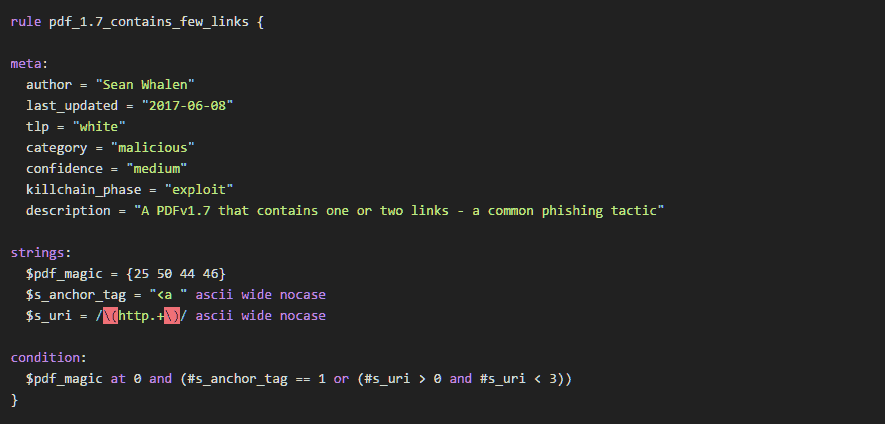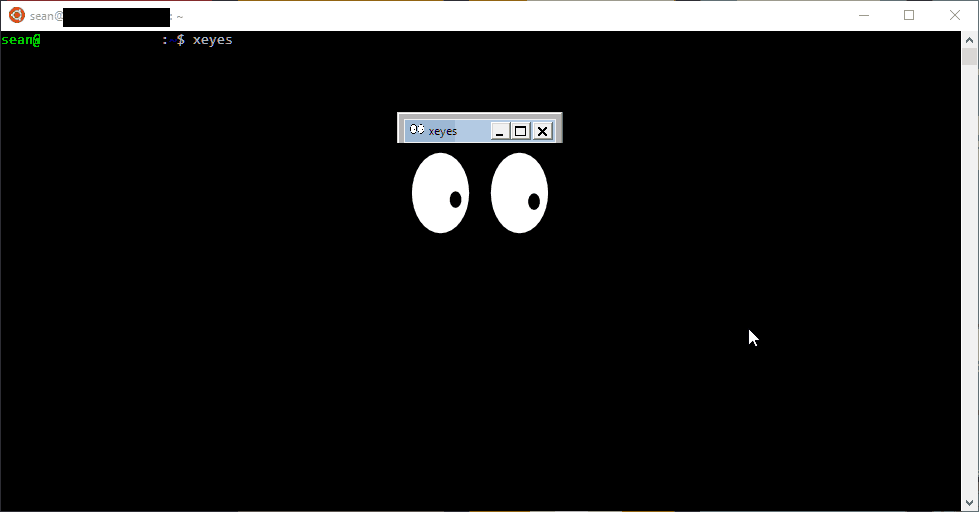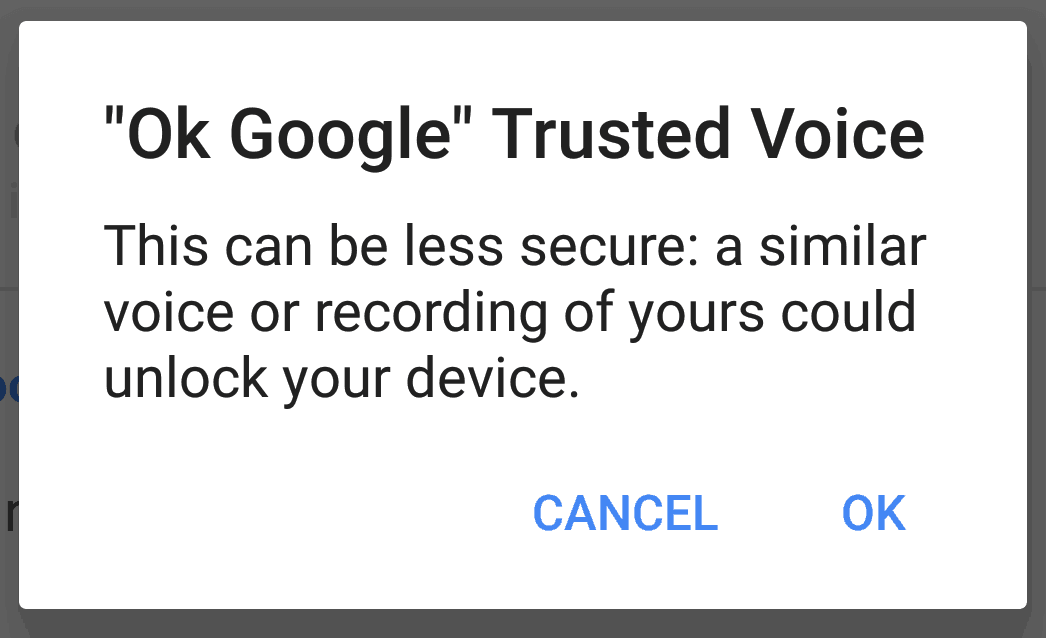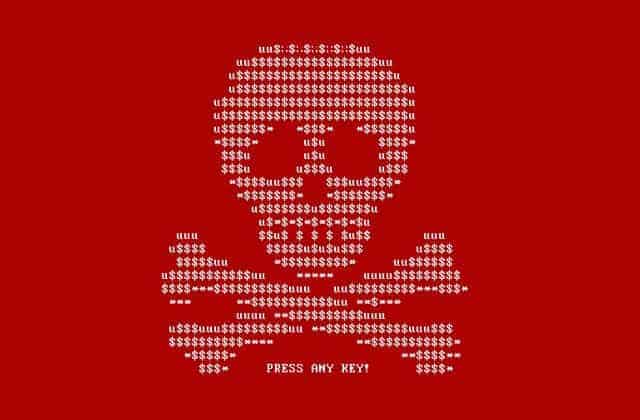SPF and DMARC are standards that describe how the origins of email messages should be verified, to prevent email spoofing. I spent some free time over the past few weeks creating checkdmarc , a Python 3 module and command-line interface that can validate and troubleshoot SPF and DMARC records across multiple domains, with the intent of building it into a web application that will process DMARC reports. The Department of Homeland Security recently launched an initiative to deploy SPF, DMARC, and other best practices on most federal agency domains by issuing BOD 18-01. This created the perfect case study of common challenges and mistakes when deploying SPF and DMARC across very large organizations, and even a few small ones.
2018-01-30 update: I have made many improvements to my script, corrected a few of my own misconceptions about DMARC I had in this post, and switched to updated results from 2018-01-28.









